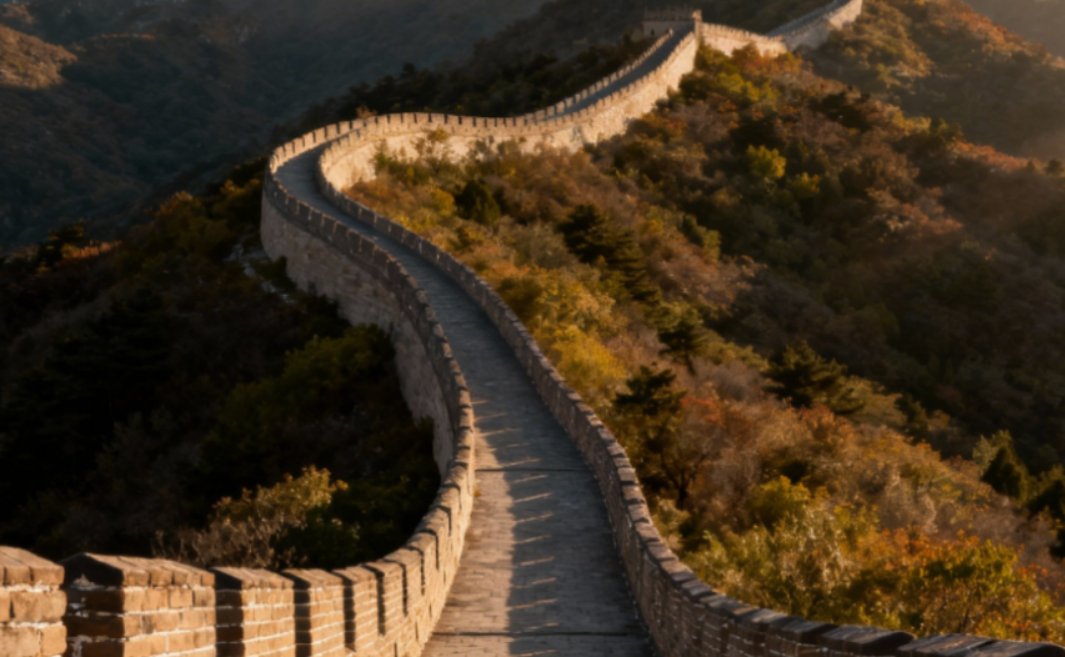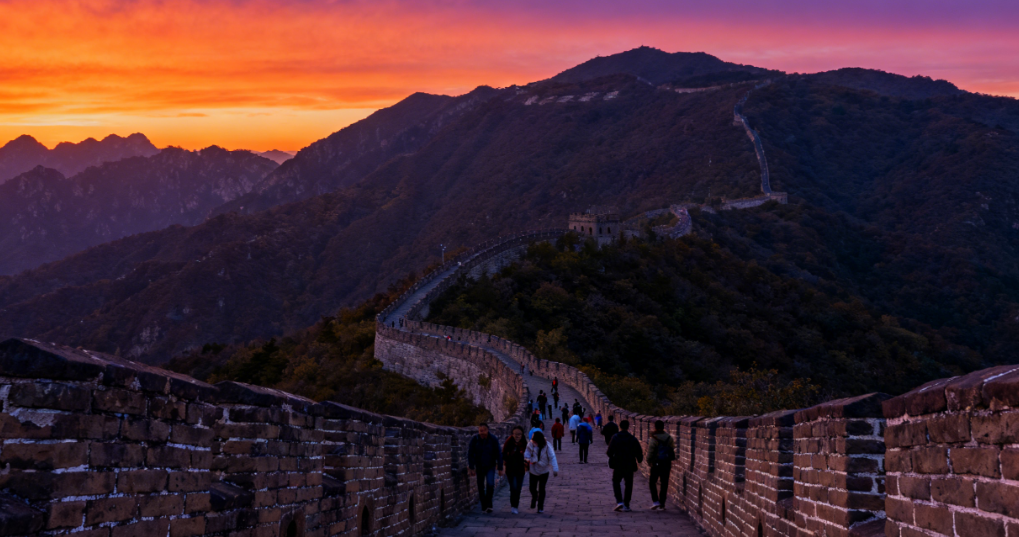
Beijing Travel Guide: Uncover the Heart of China’s Past and Present
As someone who has wandered Beijing’s hutongs, marveled at its imperial grandeur, and savored its street food for months, I’m thrilled to share this guide to a city that blends 3,000 years of history with cutting-edge modernity
As someone who has wandered Beijing’s hutongs, marveled at its imperial grandeur, and savored its street food for months, I’m thrilled to share this guide to a city that blends 3,000 years of history with cutting-edge modernity. Beijing isn’t just a capital—it’s a living museum where emperors’ palaces stand steps from futuristic skyscrapers, and ancient traditions thrive alongside global trends. Whether you’re a history buff, a food lover, or an adventure seeker, this city will captivate you. Let’s dive into the best of Beijing, from iconic landmarks to hidden gems, with practical tips to make your trip unforgettable.
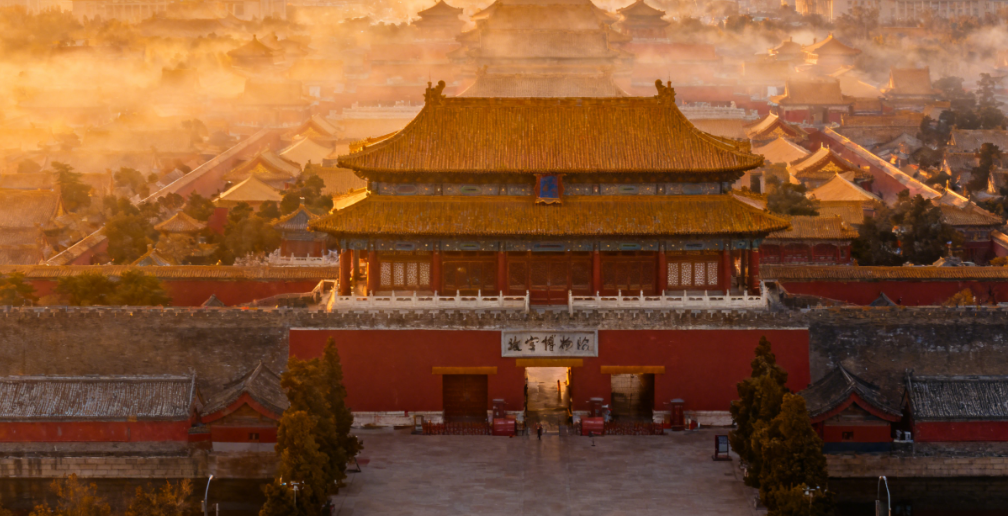
1. Historical Icons: Walk Through China’s Imperial Past
No trip to Beijing is complete without visiting its UNESCO World Heritage Sites—monuments that tell the story of China’s dynastic glory.
The Forbidden City (Palace Museum)
My first morning in Beijing began at the Forbidden City, and I still recall the awe of stepping through Tiananmen Gate into a world of red walls and golden roofs. For 500 years, this was the home of 24 emperors of the Ming and Qing dynasties, and it’s the largest and best-preserved imperial palace complex in the world.
Start at the southern entrance (Meridian Gate) and follow the central axis north—this is how emperors once moved through the palace. Don’t miss the Hall of Supreme Harmony, where emperors held grand ceremonies, with its intricate dragon carvings and massive wooden pillars. The Hall of Central Harmony and Hall of Preserving Harmony are equally stunning, but I found joy in the smaller courtyards and side halls, where you can escape the crowds and admire ancient porcelain, paintings, and imperial treasures.
Pro tip: Book tickets online 7 days in advance (via the Palace Museum’s official website or WeChat mini-program)—they sell out fast! Wear comfortable shoes—you’ll walk over 20,000 steps exploring its 70-plus palaces and 9000-plus rooms. End your visit at the northern gate (Shenwu Gate) and cross the street to Jingshan Park, where climbing Coal Hill offers panoramic views of the Forbidden City’s golden rooftops—sunset here is magical.
The Great Wall of China: Mutianyu Section
“One who fails to reach the Great Wall is not a hero”—and after hiking Mutianyu, I understand why. This section, 70km northeast of Beijing, is my top pick: it’s well-preserved, less crowded than Badaling, and offers breathtaking scenery with lush forests (especially beautiful in autumn when leaves turn red and gold).
I took a private car from the city (2 hours each way), but you can also take a bus or train. At the foot of the wall, you can ride a cable car up (10 minutes) or hike the steep stairs (45 minutes)—I chose the cable car to save energy for the wall itself. The Mutianyu section has 22 watchtowers, and I walked from Tower 1 to Tower 20, stopping to take photos of the winding wall snaking through the mountains. The views are endless—green valleys, misty peaks, and the occasional village below.
On the way down, try the toboggan ride (a fun, fast descent through the forest)—it’s a great way to end the hike! Bring water, sunscreen, and comfortable hiking shoes. If you visit in summer, go early to avoid heat; in winter, the snow-covered wall is ethereal but cold—dress warmly.

Temple of Heaven
A short subway ride from the city center, the Temple of Heaven is a serene complex where emperors prayed for good harvests. Unlike the Forbidden City’s imperial red and gold, this temple uses blue tiles (symbolizing heaven) and circular designs (representing the cosmos), creating a peaceful atmosphere.
Don’t miss the Hall of Prayer for Good Harvests—its triple-eaved roof, supported by 28 wooden pillars (no nails!), is a masterpiece of ancient Chinese architecture. Walk around the Circular Mound Altar, where emperors knelt to worship heaven, and listen to the “echo stone” (stand at the center and clap—your voice echoes like thunder). I loved wandering the Long Corridor, lined with 144 pillars carved with dragons and phoenixes, and watching locals practice tai chi, play badminton, or sing traditional songs in the surrounding parks—it’s a glimpse of daily Beijing life.
2. Cultural Immersion: Hutongs, Art, and Local Life
Beyond the big landmarks, Beijing’s soul lies in its hutongs—narrow alleyways lined with courtyard houses (siheyuan) that have been home to families for generations. This is where you’ll find authentic Beijing culture, away from the tourist crowds.
Hutong Tour: Nanluoguxiang and Qianmen
Nanluoguxiang is the most famous hutong, with trendy cafes, boutique shops, and street food stalls, but I preferred the quieter lanes around Qianmen and Shichahai. I rented a bicycle (easy to find near Shichahai Lake) and cycled through hutongs like Yandai Xiejie (Tobacco Pipe Lane), lined with traditional tea houses and antique shops, and Guozijian Street, home to the Imperial Academy (China’s oldest university).
Stop to chat with locals—many are happy to share stories about their lives in the hutongs. I met an elderly artist who painted traditional Chinese landscapes in his courtyard, and a family who invited me in for jasmine tea and mooncakes. For a unique experience, stay in a siheyuan guesthouse—waking up to the sound of birds and the smell of jianbing (Chinese crepes) from nearby stalls is unforgettable.
798 Art District
For a taste of Beijing’s modern art scene, head to 798 Art District, a former factory complex transformed into galleries, studios, and cafes. The industrial architecture—exposed brick, steel beams, and large windows—blends perfectly with contemporary art.
I spent an afternoon wandering galleries like Ullens Center for Contemporary Art (UCCA), which features international and Chinese artists, and smaller spaces showcasing street art, sculptures, and photography. Don’t miss the outdoor installations—colorful murals, giant metal sculptures, and interactive exhibits. Stop for lunch at a factory-themed restaurant, where you can eat pizza or Sichuan food while admiring art. 798 is also great for shopping—pick up unique souvenirs like hand-painted ceramics, silk scarves, or indie music albums.
Traditional Performances: Peking Opera and Acrobatics
To experience Beijing’s performing arts, watch a Peking Opera show at Liyuan Theatre. Peking Opera combines singing, dancing, martial arts, and elaborate costumes and makeup—even if you don’t understand the lyrics, the storytelling and visuals are captivating. I recommend choosing a show with English subtitles (available at most tourist-friendly theaters) and arriving early to see the actors apply their makeup.
For something more adrenaline-pumping, catch an acrobatics show at Chaoyang Theatre. The performers do gravity-defying stunts—balancing on poles, jumping through hoops, and stacking chairs—with incredible precision and grace. It’s a family-friendly activity, and the energy of the show is contagious.

3. Foodie Paradise: Taste Authentic Beijing Flavors
Beijing’s cuisine is a mix of imperial dishes, street food, and regional specialties—every bite tells a story. As a food lover, I ate my way through the city, from high-end restaurants to street stalls, and here are my must-try dishes:
Peking Duck
No trip to Beijing is complete without Peking duck—crispy skin, tender meat, wrapped in thin pancakes with scallions, cucumber, and sweet bean sauce. My favorite spot is Quanjude (a historic restaurant founded in 1864), but I also loved Da Dong (known for its lighter, less greasy duck).
The experience is part of the fun: the chef carves the duck tableside, and you wrap each piece in a pancake. Pro tip: Eat the skin first—dip it in sugar for a sweet, crispy treat—then add meat and vegetables for a balanced bite. Don’t waste the duck bones—ask the restaurant to make a rich soup with them.
Street Food Classics
Beijing’s street food is cheap, delicious, and everywhere. Here are my top picks:
- Jianbing: A crispy crepe filled with egg, scallions, cilantro, and a spicy or savory sauce—perfect for breakfast or a snack. Find it at stalls near subway stations or hutongs.
- Liangpi: Cold wheat noodles with chili oil, vinegar, garlic, and vegetables—refreshing in summer.
- Douzhi: A fermented soybean milk soup, served with pickled vegetables and fried dough sticks. It’s an acquired taste (sour and savory), but locals love it—give it a try!
- Baozi: Steamed buns filled with pork, beef, or vegetables—soft and juicy. My favorite is pork and chive baozi from street stalls.
Head to Wangfujing Snack Street for a variety of street food, but be prepared for crowds. For a more local experience, visit Huashi Street (near Qianmen) or the night markets in Shichahai.
Imperial and Regional Cuisine
For a fancy meal, try imperial cuisine at Fangshan Restaurant (located in Beihai Park), which serves dishes once enjoyed by emperors, like “Beggar’s Chicken” (chicken wrapped in lotus leaves and baked in clay) and “Crystal Shrimp Balls.”
Beijing also has great regional food—don’t miss Sichuan cuisine (spicy and numbing) at Mao Er Lao Ma, Cantonese dim sum at Tim Ho Wan (a Michelin-starred chain), and Mongolian hot pot at Little Sheep.
4. Practical Tips for Your Trip
Getting Around
- Subway: Beijing’s subway is fast, cheap, and covers most tourist areas. Buy a transportation card (available at subway stations) for easy access—single rides cost 3-10 yuan.
- Taxi/Didi: Taxis are affordable (starting fare 13 yuan), and Didi (China’s Uber) is convenient—download the app and use English mode.
- Bicycle: Many areas (like Shichahai and hutongs) are best explored by bike—rent one for 10-20 yuan per hour.
Accommodation
- City Center (Dongcheng/Xicheng Districts): Close to landmarks like the Forbidden City and Temple of Heaven—great for first-time visitors. Try The Peninsula Beijing (luxury) or a siheyuan guesthouse like The Orchid.
- Chaoyang District: Modern area with skyscrapers, shopping malls, and international restaurants. Stay at Park Hyatt Beijing or a budget hotel like Hanting.
- Shichahai Area: Quaint lakeside neighborhood with hutongs and cafes. Perfect for a relaxed stay—try The Lake House.
Best Time to Visit
- Spring (March-May): Mild weather, blooming flowers (cherry blossoms in Yuyuantan Park), but occasional sandstorms.
- Autumn (September-November): Cool, dry, and sunny—ideal for hiking the Great Wall and exploring outdoor attractions. The autumn foliage is stunning.
- Summer (June-August): Hot and humid (temperatures up to 35°C), but great for indoor activities like museums and art galleries.
- Winter (December-February): Cold (temperatures down to -10°C), but less crowded. The snow-covered Great Wall and Forbidden City are beautiful.
Etiquette and Tips
- Respect local customs: When visiting temples, dress modestly (cover shoulders and knees) and avoid loud talking.
- Bargain: At markets and street stalls, feel free to bargain—start at 30-50% of the asking price.
- Language: English is limited outside tourist areas—download a translation app like WeChat Translate or Google Translate. Learn a few basic Chinese phrases (hello: ni hao, thank you: xie xie, goodbye: zai jian) to impress locals.
- Payment: Most places accept Alipay and WeChat Pay—link your credit card to these apps for easy payment. Carry cash for small stalls and markets.
5. Day Trip Ideas from Beijing
If you have extra time, take a day trip to explore nearby attractions:
Chengde Mountain Resort
A 3-hour train ride from Beijing, Chengde Mountain Resort is a UNESCO World Heritage Site and former imperial summer retreat. The resort features lakes, gardens, palaces, and temples, including the Putuo Zongcheng Temple (modeled after Tibet’s Potala Palace) and the Puning Temple (home to the world’s tallest wooden Buddha statue). It’s a peaceful escape from the city, with beautiful scenery and rich history.
Zhoukoudian Peking Man Site
For history lovers, visit Zhoukoudian Peking Man Site, 50km southwest of Beijing. This is where fossils of Homo erectus (Peking Man) were discovered, dating back 700,000-200,000 years. Explore the caves where the fossils were found, visit the museum to see exhibits on human evolution, and hike the surrounding hills.
Simatai Great Wall and Gubei Water Town
Combine a Great Wall hike with a visit to a water town—Simatai Great Wall (more wild and less restored than Mutianyu) and Gubei Water Town (a scenic town with canals, bridges, and traditional architecture) are adjacent. Hike Simatai in the morning, then relax in Gubei Water Town—take a boat ride, visit ancient temples, and enjoy local food. Stay overnight for a fireworks show over the water.
Final Thoughts
Beijing is a city of contrasts—ancient and modern, grand and intimate, traditional and global. It’s a place where you can stand in the shadow of a 600-year-old palace one day and marvel at a 500-meter-tall skyscraper the next. It’s a city where locals greet you with a smile, where food is a celebration, and where every corner has a story to tell.
As I left Beijing, I knew I’d be back—there’s so much more to explore: hidden temples, remote Great Wall sections, and new restaurants popping up every day. Whether you’re here for 3 days or 3 weeks, Beijing will leave you with memories that last a lifetime. So pack your bags, put on your walking shoes, and get ready to uncover the heart of China—you won’t be disappointed.
Welcome to Beijing—ni hao, and enjoy your trip!
Corresponding Image Suggestions (with Descriptions for Generation)
- Forbidden City Panorama: Aerial shot of the Forbidden City’s red walls and golden rooftops at sunset, with Jingshan Park in the foreground.
- Mutianyu Great Wall: Hikers walking on the snow-covered Mutianyu Great Wall, with watchtowers and mountain views in the background.
- Temple of Heaven: Close-up of the Hall of Prayer for Good Harvests’ blue-tiled roof, with a clear sky and locals practicing tai chi in the courtyard.
- Hutong Bicycle Ride: A cyclist riding through a narrow hutong lined with siheyuan courtyard houses, red lanterns hanging above the entrance.
- 798 Art District: Colorful mural on a brick wall in 798 Art District, with a street artist painting and tourists taking photos.
- Peking Duck Feast: A chef carving Peking duck tableside, with thin pancakes, scallions, and sweet bean sauce arranged on a plate.
- Jianbing Street Food: A vendor making jianbing on a griddle, with egg, scallions, and sauce—steam rising from the crepe.
- Chaoyang District Skyline: Modern skyscrapers in Beijing’s Chaoyang District at night, with neon lights and the CCTV Tower visible.
- Peking Opera Performance: An actor in elaborate Peking Opera costume (red and gold, with facial makeup) performing on stage.
- Gubei Water Town: A boat ride through canals in Gubei Water Town, with traditional Chinese architecture and stone bridges lining the banks.
These images will visually complement the guide, highlighting Beijing’s key attractions, culture, and cuisine for international readers.
Recommended
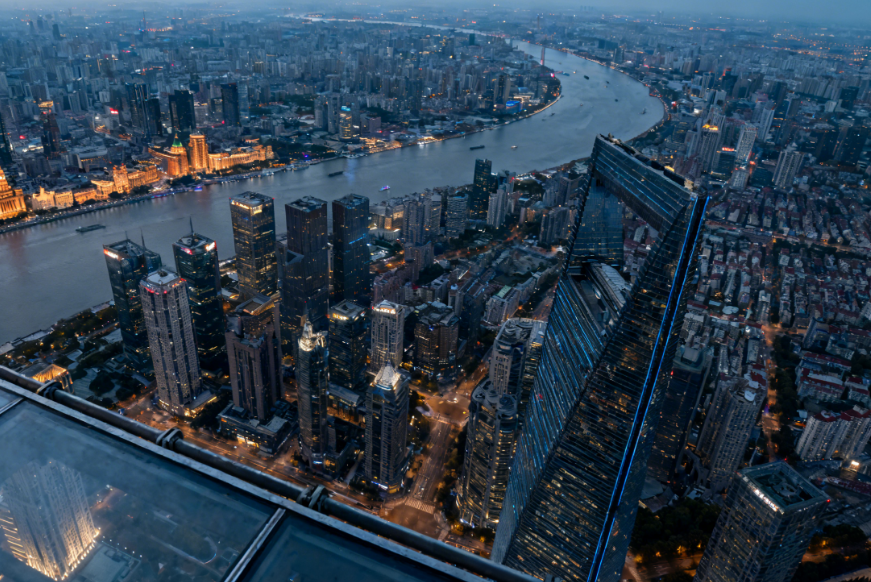
Shanghai Travel Guide: My Journey Through China’s Dynamic Metropolis
Shanghai isn’t just a financial powerhouse—it’s a ...

Best Places to Visit in China: My Journey Through History, Nature, and Modernity
Over the past five years, I’ve traveled to more th...
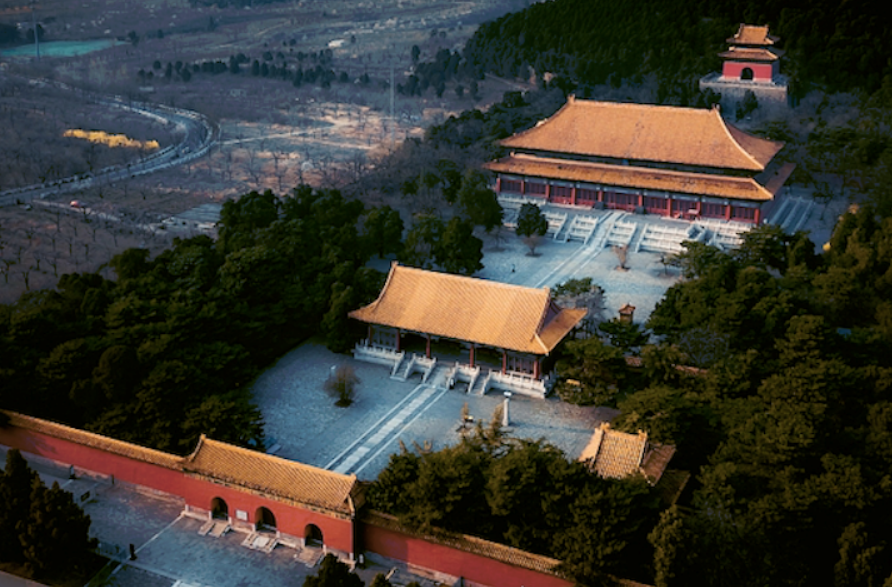
Walking the Spirit Way: My Journey Through the Ming Tombs
This article follows my personal journey through t...
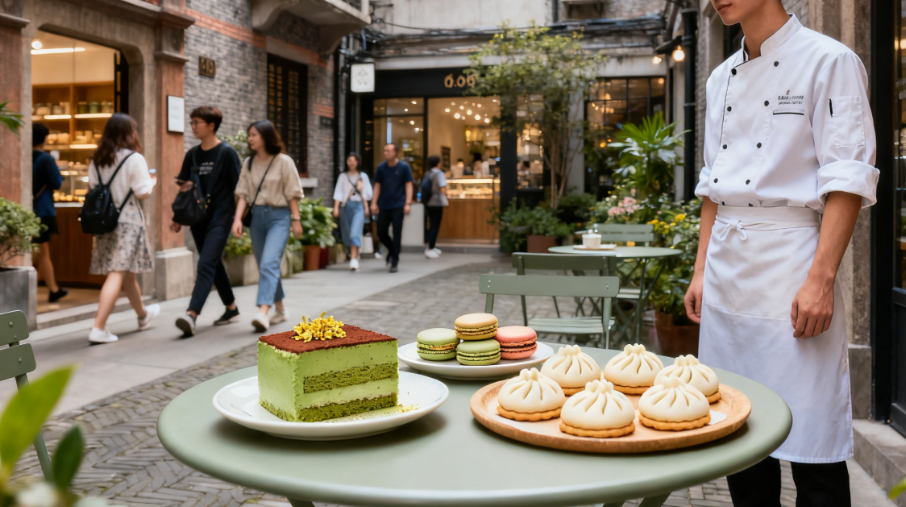
Bite into Shanghai: My Culinary Journey Through Street Stalls and Fine Dining
For me, Shanghai’s food is more than sustenance—it...
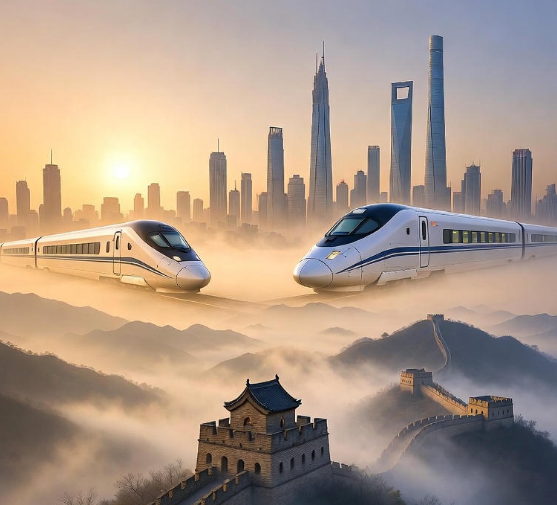
China Travel Tips: My Love Letter to the Middle Kingdom After Dozens of Trips
After 20+ trips across China, I’m spilling all my ...

No Visa, No Cash, No Worries: The Ultimate Survival Guide to China in 2025
a local travel expert breaks down the revolutionar...
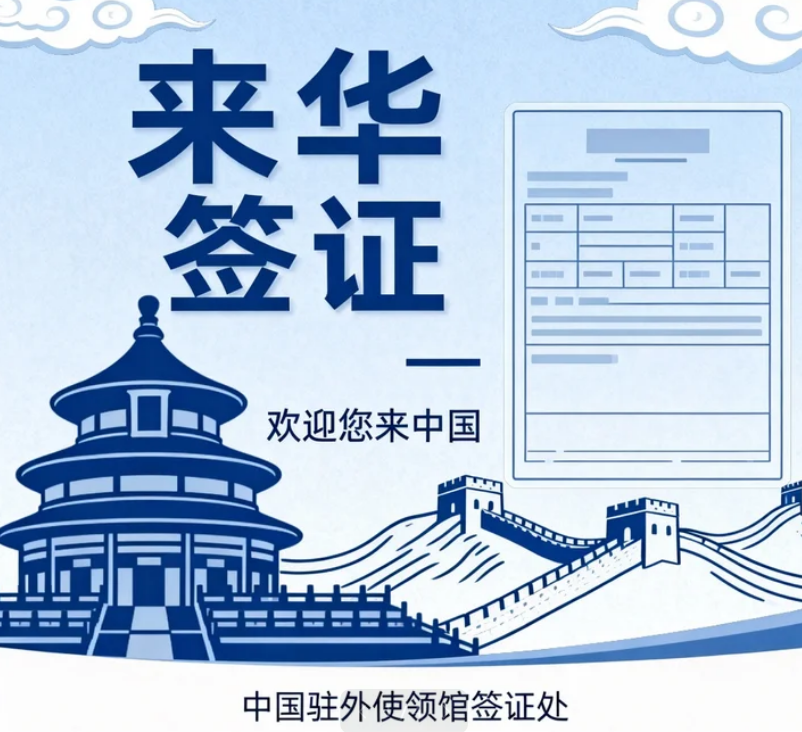
The Ultimate Guide to China's 30-Day Visa-Free Policy: Are You Eligible?
Great news for global travelers! As of November 20...
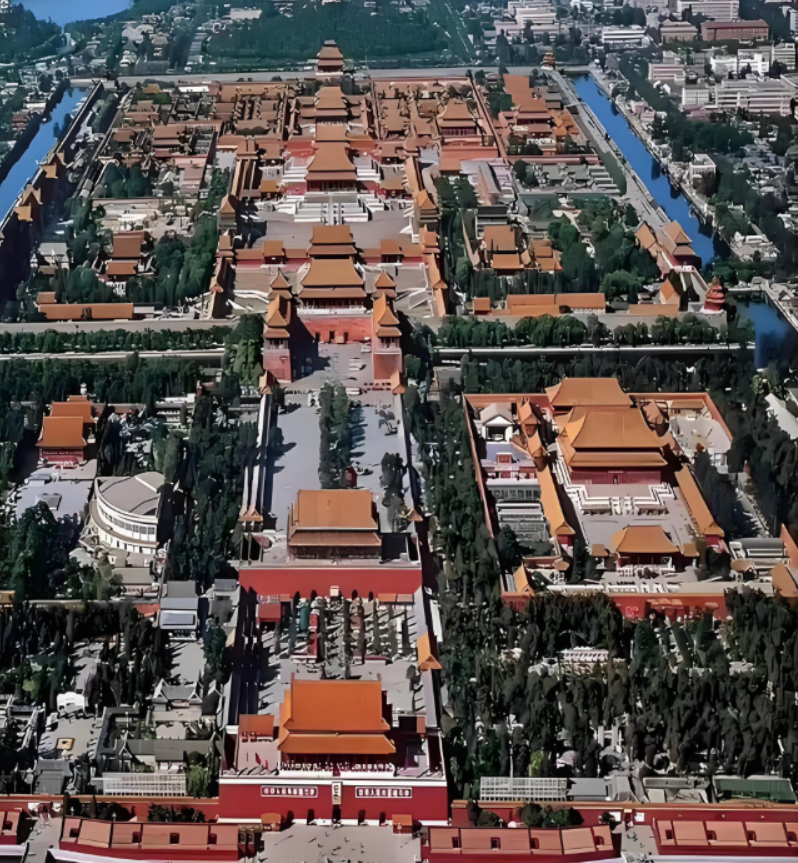
Beijing Revealed: Explore Iconic Landmarks & Taste Legendary Flavors
This article introduces Beijing's amazing historic...
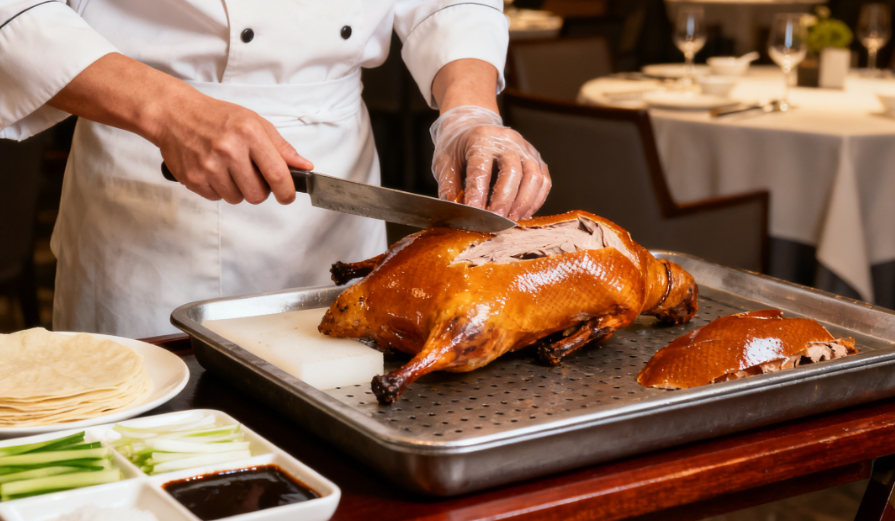
Beijing Food Guide: A Culinary Journey Through History and Flavor
Having spent over a year living in Beijing, I’ve w...

Step-by-Step Guide: How to Apply for Your China Visa in late 2025
Great news for travelers! As of September 30, 2025...
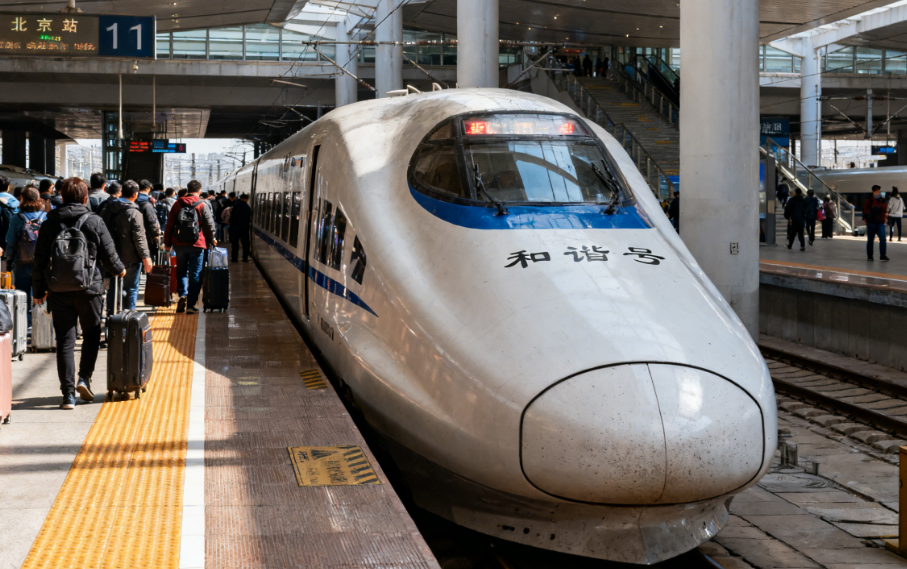
Beijing Transportation Guide: Navigate the Capital Like a Local
During my two years living and working in Beijing,...
